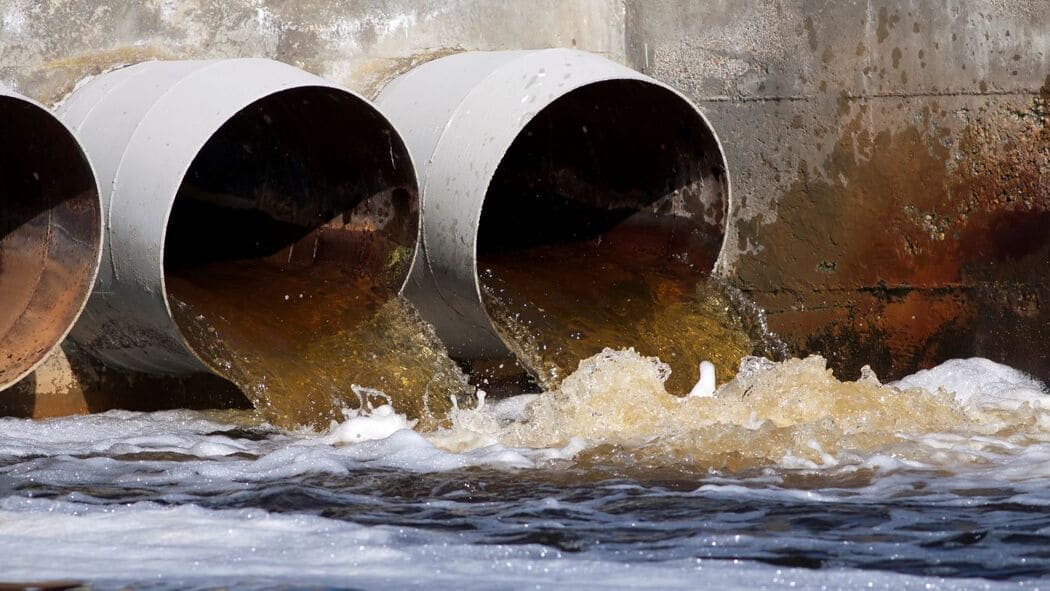
Reusing sewage water in cementitious materials as an alternative to drinking water
Title
Reusing sewage water in cementitious materials as an alternative to drinking water
Author
1. Divy Shah, Student, Vellore Institute of Technology, Tamilnadu, India
Abstract
Concrete cement is an important and widely used substance in the construction sector. Mixtures of cement, sand, coarse aggregates, and water make up the bulk of the material. Cement gains more strength when it hardens. Concrete's versatility in formability and durability have made it a popular choice for many building projects. Cement production and curing both need the use of water. Streams, lakes, lakes, wells, and other underground water sources are the most common types of surface water. Water is slowly evaporating as a result of rapid industrialisation and progress. As a result, the construction industry should continue to prioritise water conservation and recycling. Water scarcity and sewage removal are two problems that may be mitigated by reusing and recycling water in the construction sector. Households, cities, and industries produce the majority of polluted water. In the construction industry, a massive quantity of water is needed as a replenishing resource for concrete structures. Because of this, researchers have been studying how effluent waters from green-growth farms, kitchens, and garages affect the durability of concrete. The samples in this evaluation were restored using sewage sludge for 10 and 29 days, and the pavement used was of the M20 quality. The strength characteristics of M20 grade concrete are investigated. The findings of this research will encourage and facilitate wastewater's integration into the construction industry. As a result, we can lessen the strain on the world's water supply and reduce the amount of drinkable water used in construction.
Keywords
Conclusion
The studies and tests indicate that the cement with a mixture of secondary treated sewage and drinking water has a characteristic strength of 26 N/mm 2 and may be used in construction. Additionally, Future Age assistance for lower cement mixing water supply use is possible. In grade of concrete cements, where strength isn't required and the base figure is to detach soil from assistance, a blend of significant, essential handled continue to waste water, and purchasable water in numerous proportion's can be used.
As a result, I believe that Treated Sewage Contaminated Water may be used in a variety of concrete as it energises better, while Quality Assurance Squander Waters can be used in putting and other significant mixtures where strength is not the primary topic of material.
Author Contrubution
The author confirms sole responsibility for the following: study conception and design, data collection, analysis and interpretation of results, and manuscript preparation.
Funding
The authors did not receive any specific grants from funding agencies in the public, commercial, or non-profit sectors for the research, authorship, and/or publication of this article.
Conflict of Interest
All authors declare that they have no conflicts of interest.
Data Sharing Statement
Not applicable
Software And Tools Use
Not applicable
Acknowledgements
I thank the following individuals for their expertise and assistance in all aspects of our study and for their help in writing the manuscript. I am also grateful for the insightful comments given by anonymous peer reviewers. Everyone's generosity and expertise have improved this study in myriad ways and saved me from many errors.
Corresponding Author
Divy Shah
Vellore Institute of Technology, Tamilnadu, Student, India
Copyright
Copyright: ©2026 Corresponding Author. This is an open access article distributed under the terms of the Creative Commons Attribution License , which permits unrestricted use, distribution, and reproduction in any medium, provided the original author and source are credited.
Shah, Divy. “Reusing sewage water in cementitious materials as an alternative to drinking water.” Scientific Research Journal of Science, Engineering and Technology, vol. 1, no. 1, 2022, pp. 35-38, https://isrdo.org/journal/SRJSET/currentissue/reusing-sewage-water-in-cementitious-materials-as-an-alternative-to-drinking-water
Shah, D. (2022). Reusing sewage water in cementitious materials as an alternative to drinking water. Scientific Research Journal of Science, Engineering and Technology, 1(1), 35-38. https://isrdo.org/journal/SRJSET/currentissue/reusing-sewage-water-in-cementitious-materials-as-an-alternative-to-drinking-water
Shah Divy, Reusing sewage water in cementitious materials as an alternative to drinking water, Scientific Research Journal of Science, Engineering and Technology 1, no. 1(2022): 35-38, https://isrdo.org/journal/SRJSET/currentissue/reusing-sewage-water-in-cementitious-materials-as-an-alternative-to-drinking-water
1790
Total words787
Unique Words78
Sentence22.871794871795
Avg Sentence Length0.25027874902875
Subjectivity0.043479229104229
PolarityText Statistics
Viewed / Downloads
Total article views: 63 (including HTML, PDF, and XML)| HTML | XML | Total | |
|---|---|---|---|
| 46 | 10 | 7 | 63 |
Viewed (geographical distribution)
Thereof 63 with geography defined and 0 with unknown origin.